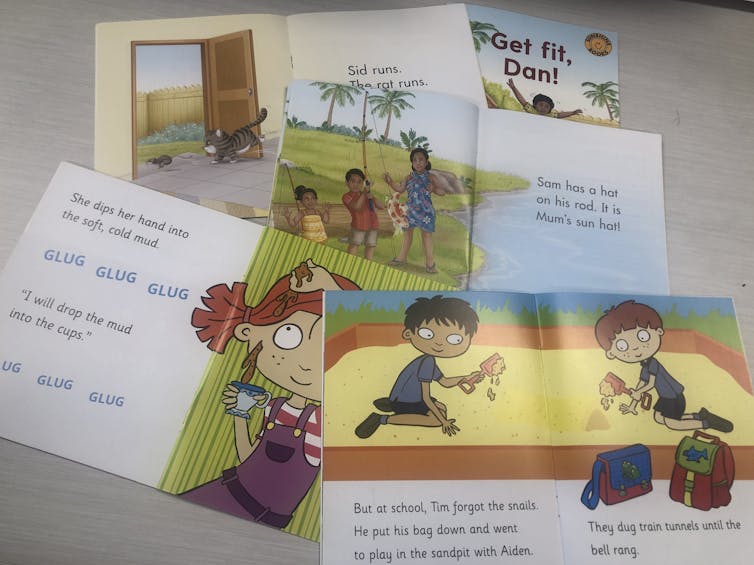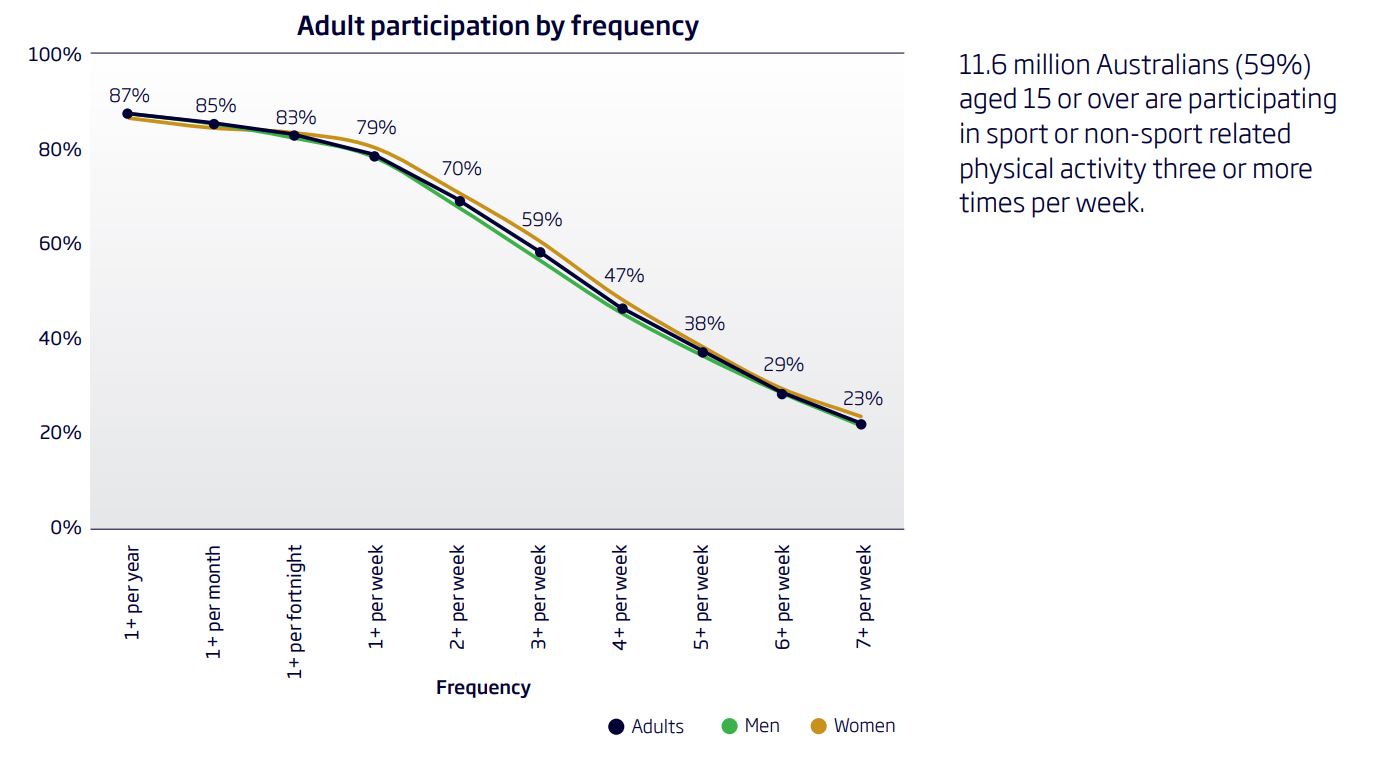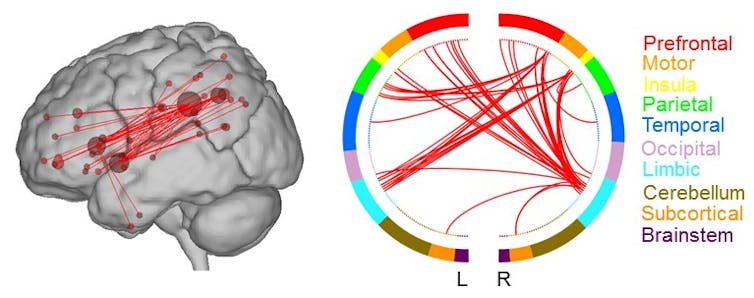I love honey.
Actually, that’s a lie, I’m ambivalent toward honey, I could take it or leave it.
Anyway, bees: kinda important. But not as important as recent internet and media talk would have us believe.
Here’s the problem summed up by the Penn State entomology group (dated August 2013):
At an international pollinator conference held at Penn State last week, the general consensus was that Colony Collapse Disorder (CCD) of honey bees is caused by multiple factors including: a) viruses and diseases; b) two species of mites; c) poor nutrition caused by foraging in sugar poor crops like cucurbits; d) the stress of interstate travel and e) pesticide exposure. Despite this, however, most of the research presented at the conference concentrated on pesticide exposure with a general call for banning a group of insecticides known as the neonicotinoids. This of course seems to be an easy fix to a complex problem that is still not completely understood, but of course is popular with the public and many ecologists that have never worked with pesticides or IPM. This stance does not take into account the reason these products were developed in the first place which was to replace human toxic OP pesticides and replace them with something safer as mandated by the Food Quality Protection Act. Neonicotinoid insecticides have also proven to be safer to most beneficial insects other than bees and promote the biological control of pests such as San Jose Scale, Woolly Apple Aphid, European Red Mite, leafminers, and leafhoppers to name a few. A general ban of neonicotinoid insecticides would cause a reversion back to OP, carbamate and pyrethroid insecticides which would totally destroy current IPM programs and cause growers an additional $50 to $100+ per acre in secondary pest sprays.
But here’s the other point that a lot of scares about pesticides miss:
Moreover, the authors do not account for the fact the France still observes CCD each year, even though they banned neonicotinoids 5 years ago. Nor do they note that beekeepers in Canada and Australia and parts of Europe use neonicotinoids, but do not observe CCD. Finally, they do not note that CCD has been taking place regularly for hundreds of years. We reviewed this in an article last year.
Update and aside:
There’s an important point in this piece that wasn’t covered. The discussion here is completely focused on European Honey Bees that are used in agriculture. They’re domesticated bees. We have plenty. But native bees are suffering the same issues that all animals and plants are faced with: a severe case of humans.
This explainer video from Vox is very good at covering that part of the issue.
Back to the article on honey bees.
Crops aren’t really affected: http://www.rba.gov.au/publications/bulletin/2011/jun/images/graph-0611-3-02.gif
Beehives aren’t exactly going extinct either: http://faostat3.fao.org/faostat-gateway/go/to/search/bee/E http://www.daff.gov.au/__data/assets/image/0011/1942481/graph1.gif
About 30% of our food, mainly fruit and nuts is pollinated by bees, but almonds are the only common crop that relies almost exclusively on bees. Of course not that it’s at all plausible that we will lose bees, as I hope I’ve already demonstrated.The headline of that article; “Scientists discover what’s killing the bees and it’s worse than you thought” is not supported by the text at all.
CCD or events that meet the description have been happening since at least the 19th century, but it’s entirely possible that there are modern reasons for it occurring now, and I’d say that seems especially likely on account of the very stark geography involved – where places like the USA and some European countries are badly hit, while other regions are completely unaffected.
The explanation that’s been favoured by actual scientists for a long time is that it’s a consequence of many factors. People, dare I say with confirming ideologies, are quick to point the finger at various “chemicals” but we know that it’s not just those chemicals, because other places that use them have no CCD.
But I go back to my earlier point, which is that it’s important to remember that this is no threat to the existence of bees, or plants that rely on bees. It’s very easy to breed bees and create new colonies. We could easily make the global bee population 100 times larger than it is now within this year if we really wanted to. CCD increases the costs to bee keepers, increases the costs of honey, and very marginally increases the costs of some fruits and nuts, within particular regions. It doesn’t threaten food security and it doesn’t threaten the existence of bees.
The European honey bee contributes directly to the Australian economy through the honey industry and to a lesser extent the packaged bee, bees’ wax and propolis sectors. Honey bees also contribute to the productivity of many horticultural crops, by providing essential pollination services that improve crop yield and quality. The Australian honey and bee products industry is valued at approximately $90 million per year.
It is estimated that bees contribute directly to between $100 million and $1.7 billion of agricultural production, mostly from unpaid sources such as feral bee colonies, but also from a small paid pollination industry of about $3.3 million, per year.1
This estimate refers to 35 of the most responsive crops to honeybee pollination. If all agriculture is included the estimates have run as high as $4-$6 billion2.
The industry is composed of about 10,000 registered beekeepers. Around 1,700 of these are considered to be commercial apiarists, each with more than 50 hives, and there are thousands of part-time and hobbyist apiarists, with total honey production around 16,000 tonnes of honey each year. http://www.daff.gov.au/animal-plant-health/pests-diseases-weeds/bee
A lot of people like to pretend that there is also a link between GMOs and CCD. This is utter nonsense. Firstly it is a poisoning the well logical fallacy, secondly there is nothing wrong with GMOs (check this list of +600 safety studies, and this list of articles on how good GMOs are, and this series on the Food Wars), and thirdly there is no actual link between GMOs and the supposed chemicals pressuring bee populations. This last point is very important, as it shows a confounding of issues, either deliberately or accidentally, that actually shows a lack of reading/understanding of the science of both GMO and CCD.
http://io9.com/ask-an-entomologist-anything-you-want-about-the-disappe-1616898038
Anyway, the real cause of CCD is the South Carolina divorce rate: http://tylervigen.com/view_correlation?id=558
http://www.examiner.com/article/bees-are-found-to-die-from-insecticide-insignificant-new-paper
More on GMO: Scientific American come out in favour of GMO:
http://www.scientificamerican.com/article/labels-for-gmo-foods-are-a-bad-idea/
http://blogs.scientificamerican.com/the-curious-wavefunction/2013/09/06/scientific-american-comes-out-in-favor-of-gmos/
http://beta.cosmosmagazine.com/society/how-we-perceive-risk-gmos
http://beta.cosmosmagazine.com/society/seeds-deception
http://beta.cosmosmagazine.com/society/environmentalists%E2%80%99-double-standards
































